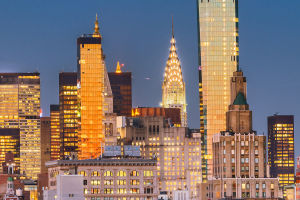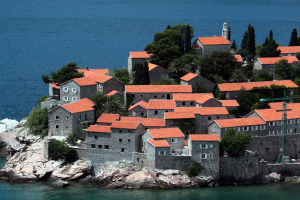A cable-stayed bridge is a bridge in which the main girder is directly pulled by many cables attached to the bridge tower. It is a structural system composed of towers under pressure, cables under tension, and beams under bending.
The cable-stayed bridge can reduce the bending moment in the beam body, reduce the height of the structure, and decrease the weight of the structure. Cable-stayed bridges are primarily composed of cable towers, girders, and stay cables.
The cable-stayed bridge structure is a high-order statically indeterminate structure in mechanics, and it is the most complex structure among all bridge types. Due to the difference in the cable force of the stay cables and the variation in the construction method, the final stress state of the completed bridge will be distinct.
The design and construction of cable-stayed bridges require a high degree of technical and engineering knowledge. Firstly, the design of a cable-stayed bridge needs to take into account various factors, such as the location's environment, the load it can bear, and the design life.
Secondly, the construction of cable-stayed bridges requires a lot of materials and manpower, often requiring the construction of temporary facilities and the erection of large cranes.
In the force analysis of the cable-stayed bridge structure, the first task is to determine a reasonable state of the bridge to make the force of the bridge structure uniform and then determine the appropriate construction state.
Here are some of the world's famous cable-stayed bridges:
Golden Gate Bridge
The Golden Gate Bridge is situated at the entrance of San Francisco Bay in the United States, with a total length of 2737 meters. The Golden Gate Bridge was completed in 1937.
At that time, it was the longest suspension bridge globally and the longest single-span cable-stayed bridge. It is one of the important landmarks of the West Coast of the United States. The bridge deck's height is around 67 meters, the main tower's height is 227 meters, and the maximum span of the bridge deck is 1280 meters.
Normandy Bridge, France
The Normandie Bridge in France has a main span of 856 meters and was completed in 1995. It is a cable-stayed bridge in perfect harmony with the local landscape, distinguished by its slender structure and elegant shape.
The bridge connects the two towns and guards the mud flats on the Seine in northern France. The Normandy Bridge is known as "the most beautiful bridge in the world in the 20th century."
Tatara Bridge
The main span is 890 meters, located on the connection line between Honshu Island and Shikoku Island in Japan. The main girder is a steel box girder. It was the super-large cable-stayed bridge with the longest main span globally at that time.
This cable-stayed bridge, with a total length of 1480 meters and a main span of 890 meters, looks like a huge blue dragon, spanning the beautiful otter and connecting the road traffic between Hiroshima City in Honshu and Matsuyama City in Shikoku.
Baraut Bridge
It is 390 meters high, with a main span length of 520 meters, and a length of 1,124 meters, and the bridge deck's height is 403.4 meters from the bottom of the canyon.
When the Baraut Bridge was completed, it was the cable-stayed bridge with the highest deck height in the world at that time, and it was also the bridge with the second-highest deck height globally. Of course, this record has now been surpassed by other bridges built in recent years.


